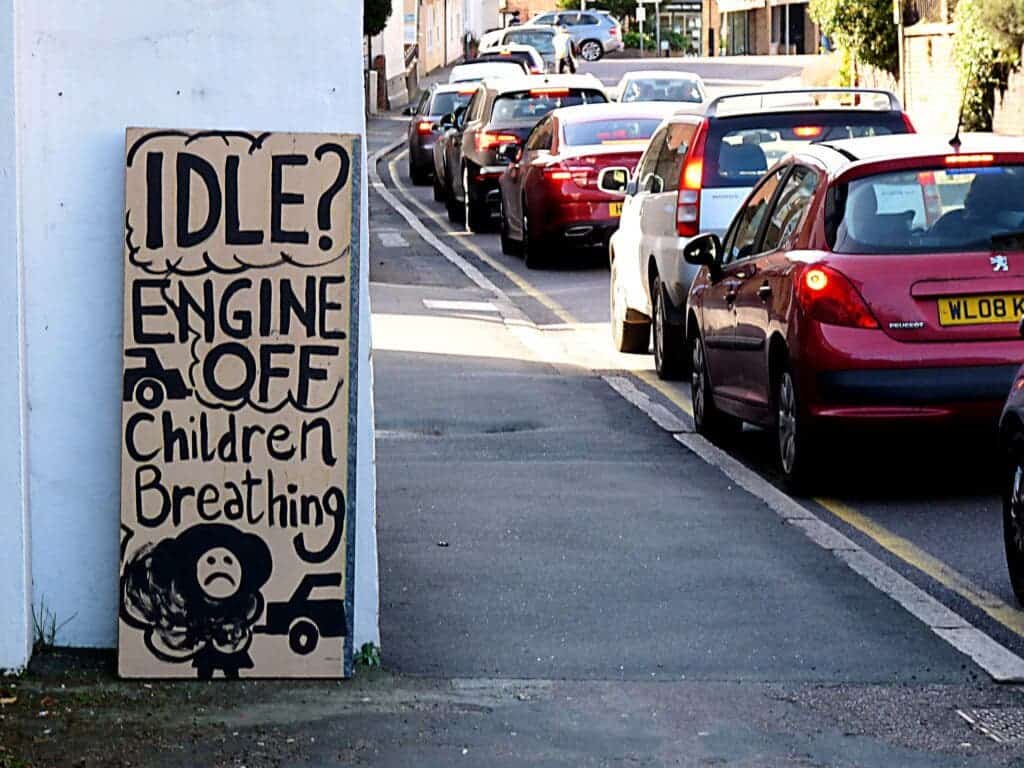Air and noise pollution, the impacts of climate change such as heatwaves, and exposure to dangerous chemicals are causing ill health in Europe, according to a new report, which estimated poor environmental quality contributes to 13% (one in every eight) of deaths in European Union countries.

Drawing from World Health Organization (WHO) data, the European Environment Agency (EEA) highlighted in its report how the quality of Europe’s environment plays a key role in determining our health.
People are exposed to multiple risks at any time, including air, water, and noise pollution, which combine and in some cases act in unison to impact health, the EEA argued. European cities are particularly vulnerable to these multiple threats, while also offering less access to green and blue spaces.
“There is a clear link between the state of the environment and the health of our population. Everyone must understand that by taking care of our planet we are not only saving ecosystems, but also lives, especially the ones who are the most vulnerable,” said Virginijus Sinkevičius, Commissioner for Environment, Oceans, and Fisheries, in a press release.
In the 27 countries of the EU and in the United Kingdom, 630,000 deaths in 2012 were attributed to environmental factors, according to the latest figures available, the report said. It also noted a stark contrast between Western and Eastern Europe, divided along socio-economic lines.
Air pollution is Europe’s top environmental threat to health, driving more than 400.000 premature deaths every year in the EU, the report showed. Noise pollution comes second, contributing to 12.000 premature deaths, followed by the impacts of climate change, notably heatwaves.
The burden of pollution and climate change varies across Europe. Romania has the greatest impact from environmental factors with one in five deaths linked to pollution, while countries like Sweden and Denmark see one in 10. Pollution is linked to cancer, cardiovascular and respiratory diseases, the report highlighted.
“Socially deprived communities in Europe typically struggle under a triple burden of poverty, poor quality environments, and ill-health. Poorer communities are often exposed to higher levels of pollution and noise and to high temperatures, while pre-existing health conditions increase vulnerability to environmental health hazards,” the EEA wrote in the report.
On a more positive note, water quality across the European Union is doing well, according to the report. The quality of “bathing water” was described as “excellent” in 85% of cases and 74% of groundwater bodies, an important source of drinking water, have “good chemical status.” Still, the EEA pointed to emerging pollutants in drinking water that aren’t being monitored.
The report called for an integrated approach to environment and health policies to tackle environmental risks, protect the most vulnerable, and fully realize the benefits that nature offers in support of health and well-being. Healthy nature is a key factor that fosters good health and well-being, it added.
In order to improve health and the environment in Europe, green and blue spaces should be favored, as they cool cities during heatwaves, alleviate flood waters, reduce noise pollution, and support urban biodiversity, the EEA argued. Other proposed measures were reducing meat consumption, removing fossil fuel subsidies, and reducing road traffic.









